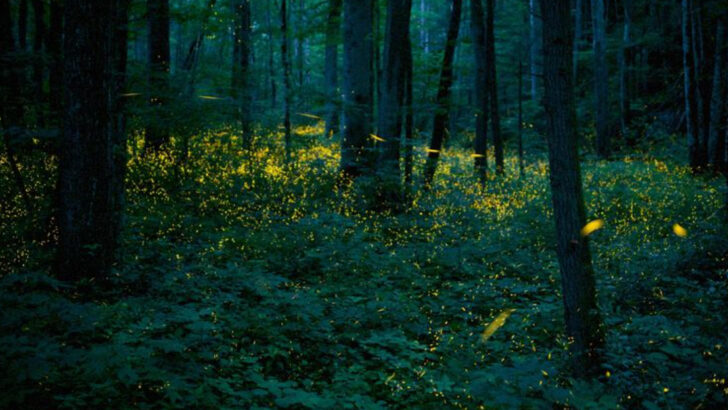Glow-in-the-dark animals are not just a science fiction fantasy—they’re very real, and they’re downright magical.
From eerie forests to the deepest oceans, these glowing creatures light up the night with nature’s own neon.
Why do they glow? It’s more than just a flashy party trick. These animals use light to hunt, hide, or even flirt, turning darkness into their personal stage.
Get ready to meet the stars of the natural world who carry their own spotlight. Their glowing secrets reveal some of nature’s coolest survival hacks — and you won’t believe what’s behind their radiant shine!
Firefly
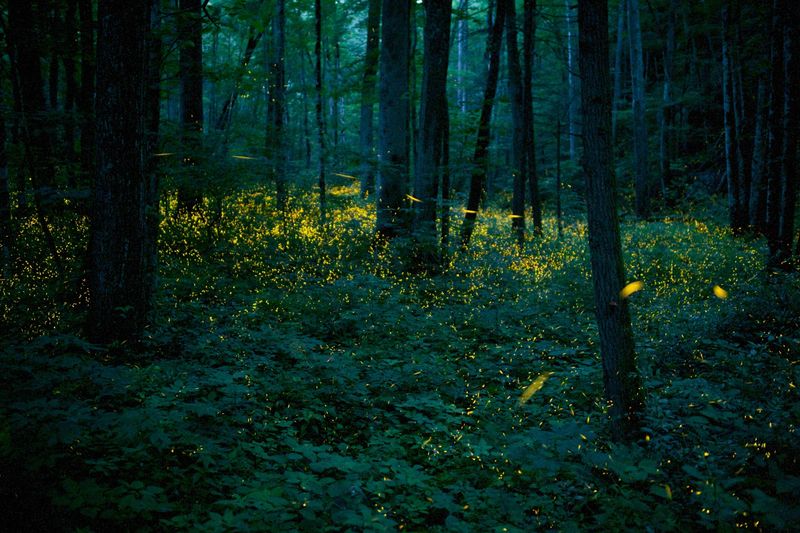
Few sights are as enchanting as a warm summer evening lit by the gentle glow of fireflies. These tiny insects use their bioluminescent abilities for more than just beauty—they communicate. Each species has a distinct flashing pattern, allowing them to find mates in the dark.
Fireflies produce light through a chemical reaction in their abdomens involving luciferin and luciferase. This process is highly efficient, producing almost no heat.
Did you know? Some female fireflies mimic the signals of other species to lure and prey on unsuspecting males. Nature’s tricks can be quite devious!
Anglerfish
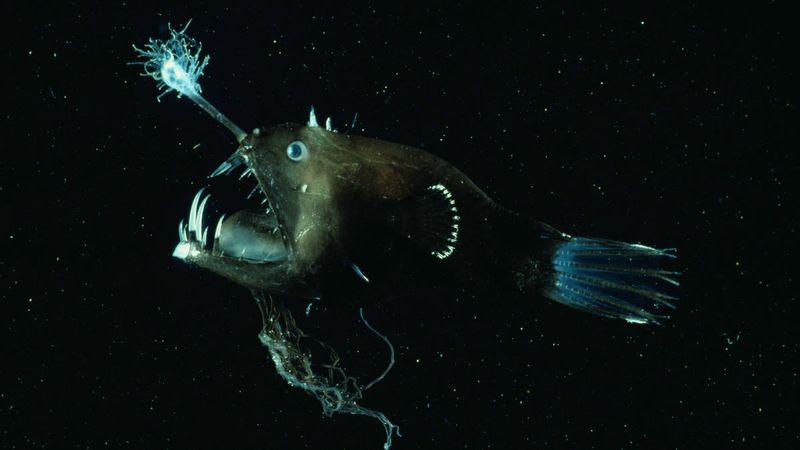
In the pitch-black abyss of the ocean, the anglerfish reigns as a master of deception. Its bioluminescent lure attracts prey, dangling like a glowing fishing rod in front of its harrowing jaws.
This light is produced by symbiotic bacteria living in the anglerfish’s esca (the lure). The eerie glow is both a hunting tool and a means of communication.
The anglerfish’s adaptation is a marvel of evolution, demonstrating how creatures thrive in extreme environments. Such adaptations ensure its place as one of nature’s more fascinating predators.
Glowworm
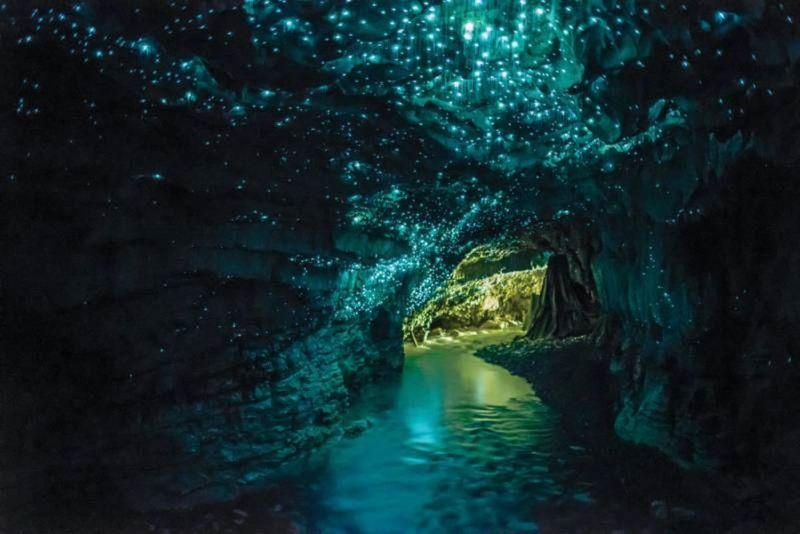
Caves in New Zealand transform into magical wonderlands thanks to the glowworm. These larvae of fungus gnats emit a bluish-green light, turning dark caverns into starry skies.
Their glow attracts insects that become ensnared in sticky threads hanging nearby. This unique predatory tactic allows them to feed without leaving their perch.
Interestingly, the intensity of their light can vary, possibly adapting to environmental conditions. Glowworms are not only captivating but also essential to their ecosystems, showcasing nature’s ingenuity in unexpected forms.
Jellyfish
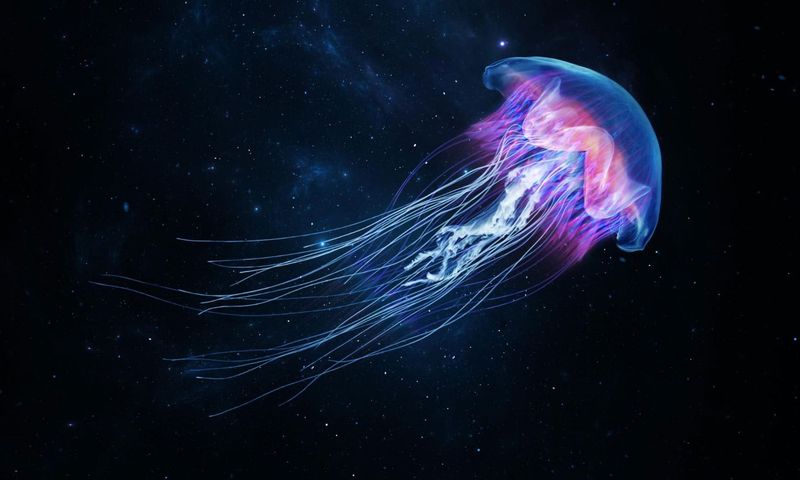
Floating like ethereal beings, jellyfish are oceanic wonders equipped with bioluminescence. This glowing ability can deter predators, startle prey, or even attract mates.
Species like the comb jelly use light-producing cells to create mesmerizing displays of color. Some utilize this trait to confuse predators, making the jellyfish a dazzling escape artist.
The simplicity and beauty of jellyfish belie their complex biology. Their bioluminescent capabilities highlight the incredible adaptations of marine life, proving that even the simplest creatures can have the most complex traits.
Hawaiian Bobtail Squid
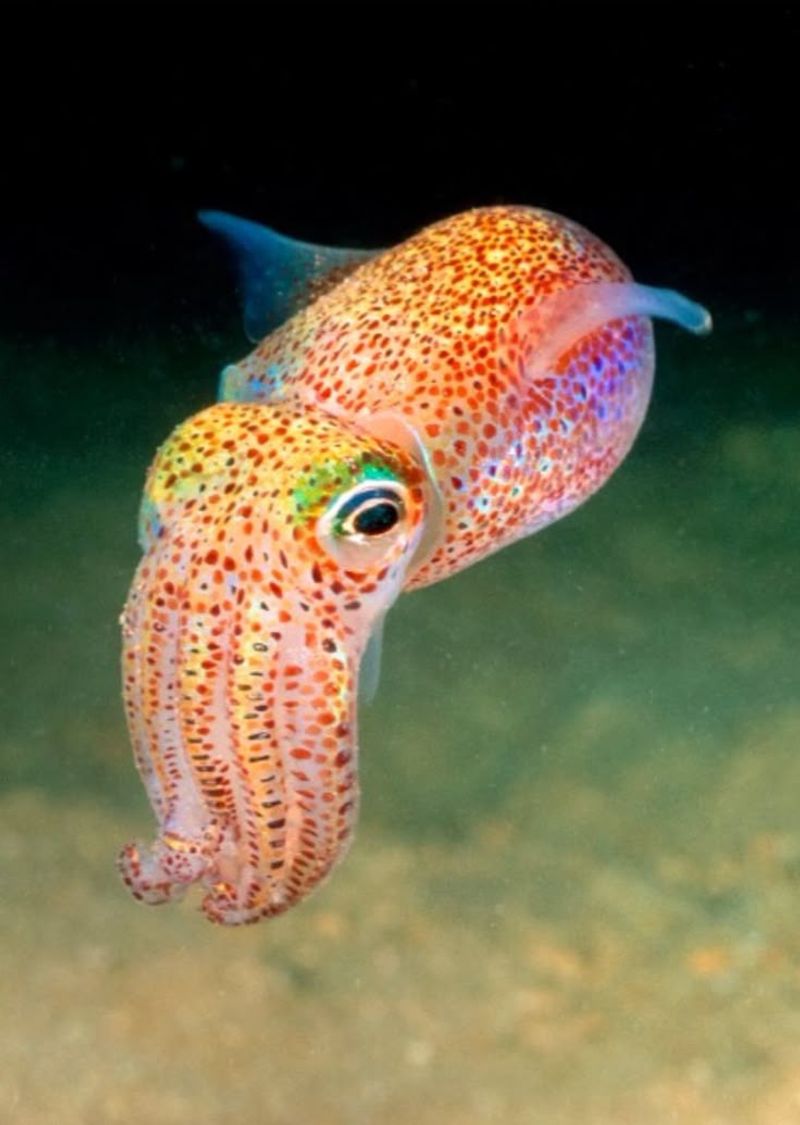
The Hawaiian bobtail squid is a master of illusion. With a bioluminescent glow provided by symbiotic bacteria, it disguises itself to avoid predators. This glow matches the moonlight, eliminating its shadow and making it invisible from below.
This symbiotic relationship is a fine example of cooperation in nature. The bacteria gain nutrients, while the squid gains camouflage.
These small creatures are a marvel of evolutionary adaptation, showcasing a dynamic partnership that benefits both parties and highlights the complex interactions within marine environments.
Lanternfish
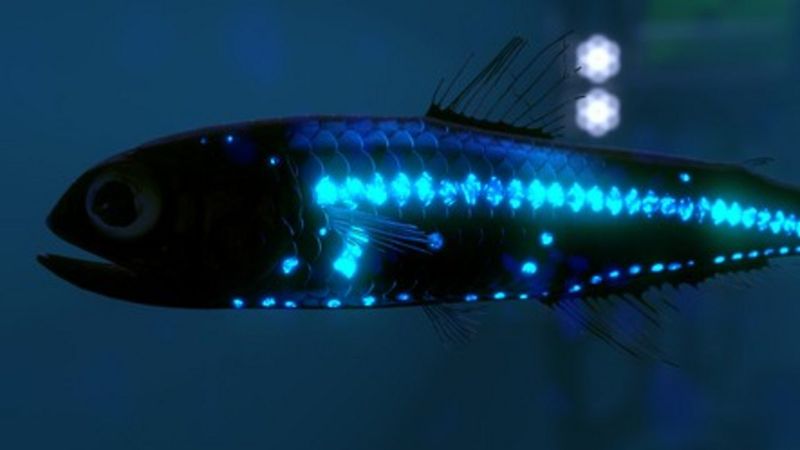
In the vast darkness of the deep sea, lanternfish shine like tiny lamps. Their bioluminescent organs, called photophores, aid in communication, camouflage, and attracting prey.
These fish undertake daily vertical migrations, ascending at night to feed. Their glow helps them blend with ambient light from above, protecting them from predators below.
Lanternfish are crucial in the oceanic food web, serving as prey for larger animals. Their bioluminescence is a key adaptation to life in the deep sea, showcasing nature’s resourcefulness in the most challenging environments.
Crystal Jelly

The translucent crystal jelly is a luminescent marvel, known for its glowing blue-green light. This jellyfish’s glow is not just for show—it helps in predator deterrence and communication.
The light is produced by a protein named GFP (Green Fluorescent Protein), which has become a crucial tool in molecular biology research.
Beyond its beauty, the crystal jelly underscores the profound implications of understanding bioluminescence. Its glow has illuminated pathways in science, making it a beacon not only in the ocean but also in laboratories worldwide.
Sea Sparkle (Noctiluca scintillans)
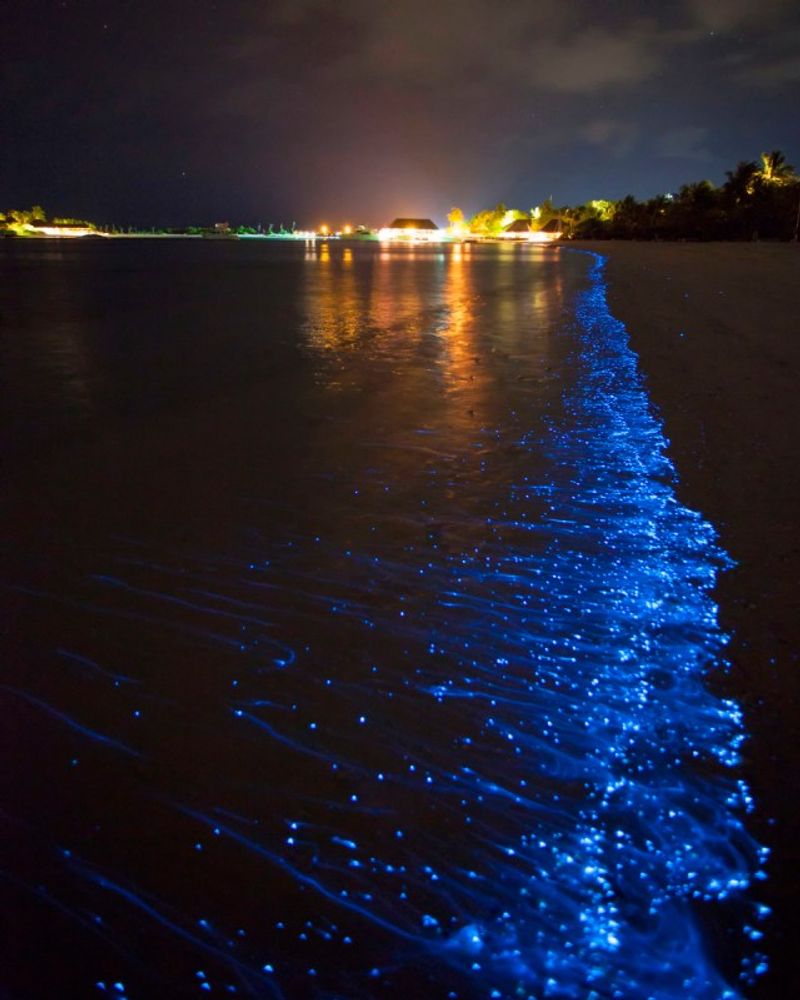
Imagine walking along a beach at night, where every step triggers a burst of blue light in the water. This phenomenon, caused by the dinoflagellate Noctiluca scintillans, is known as sea sparkle.
These microscopic organisms produce light as a defense mechanism, deterring predators through startled displays.
Sea sparkle creates breathtaking natural light shows, highlighting the incredible adaptations of marine microorganisms. This bioluminescent dance is not only a visual spectacle but also plays a role in the survival strategies of these tiny ocean dwellers.

